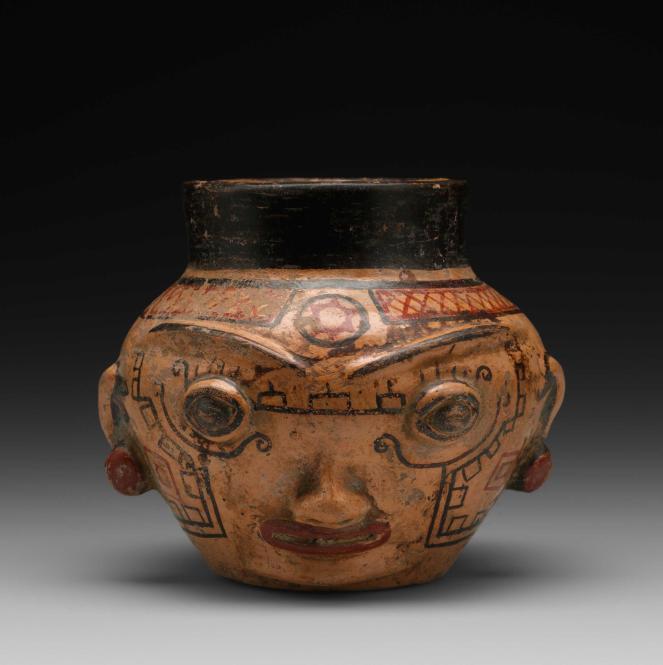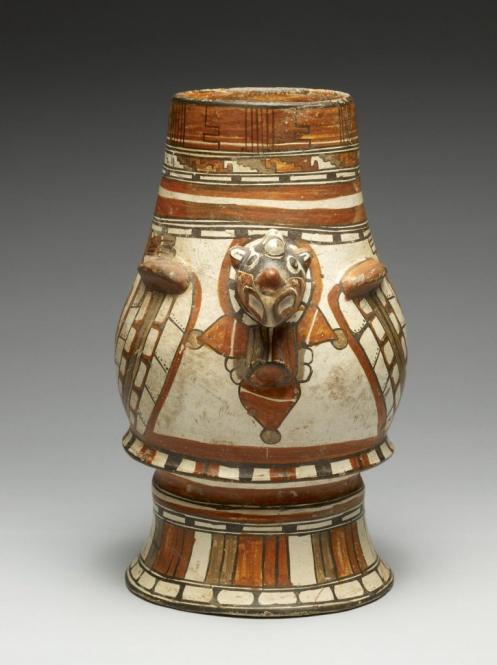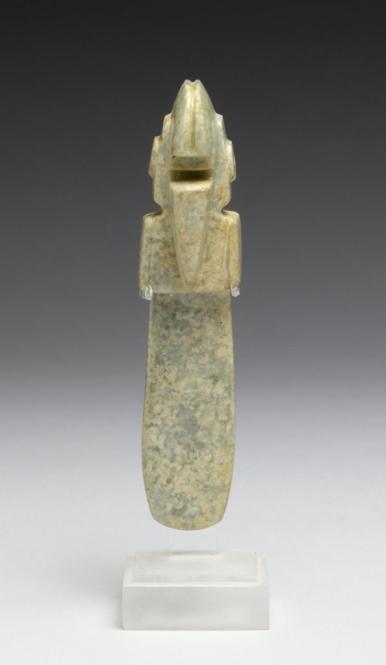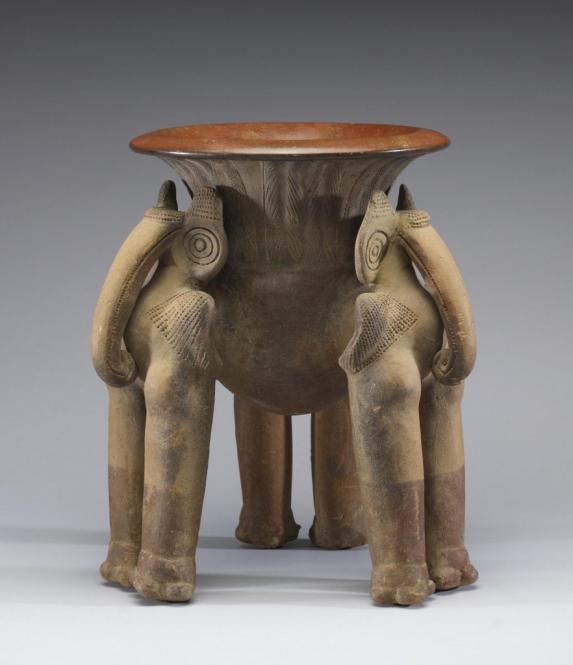2016-103 through 2016-373
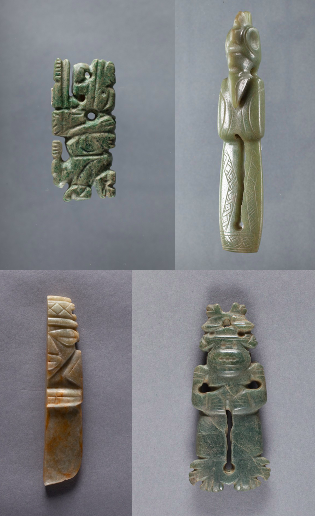
Object Title
Costa Rican jade and greenstone collection (271 items)
Measurements
Various
Creation Date
Various phases potentially spanning 1000 B.C.-A.D. 1000
Credit Line
Museum purchase, Fowler McCormick, Class of 1921, Fund and Peter Jay Sharp, Class of 1952, Fund
Museum Name
Museum Contact
Bryan Just
Culture
Country of Origin
Object Type
Materials / Techniques
Object URL
http://artmuseum.princeton.edu/object-package/jade-acquisition-princeton-university-art-museum/130633
Museum's Definition of Antiquity
1521
Provenance Information
Collected by Supreme Court Magistrate Maximo Acosta Soto, Costa Rica, prior to 1958; Collection of Haig Kurdian, Wichita, KS, 1959-2016, acquired from above, following registration with the National Museum, San José, and the procurement of the appropriate export license (now lost; another license for the non-jade component of the Soto collection is in Kurdian’s possession)
Exhibition Information
January 1969-March 1969, Fine Arts Gallery of San Diego – Kurdian Collection of Pre-Columbian Jades
Publication Information
Keitzmann, Armin. 9 February 1969. “Pre-Columbian Jade Items on Exhibit.” Exhibition review San Diego Union. Five of the objects illustrated.
Sotheby’s. 2014. African, Oceanic and Pre-Columbian Art Including Property from the Krugier and Lasansky Collections (sale N09146, 16 May 2014). Ten items of the proposed group illustrated
Sotheby’s. 2014. African, Oceanic and Pre-Columbian Art Including Property from the Krugier and Lasansky Collections (sale N09146, 16 May 2014). Ten items of the proposed group illustrated
Section of the AAMD Guidelines relied upon for the exception to 1970
Informed judgement that works were outside of the country of modern discovery before 1970
Explain why the object fits the exception set forth above
Based on the results of provenance research, the Princeton University Art Museum can make an informed judgment that these objects were outside their probable country of modern discovery before 1970. It has been difficult to prove with explicit documentation that each individual item of this large collection was part of the Acosta Soto collection and exported from Costa Rica under the 1959 license, or that they were included in the 1969 San Diego exhibition. However, we consider this highly likely given the consistency in the listed scale and scope of the collection. Research has involved consultation with the Costa Rican Minister of Culture, archivists at the San Diego Museum of Art (formally the Fine Arts Gallery of San Diego), and Mr. Kurdian’s related papers, letters, etc.
